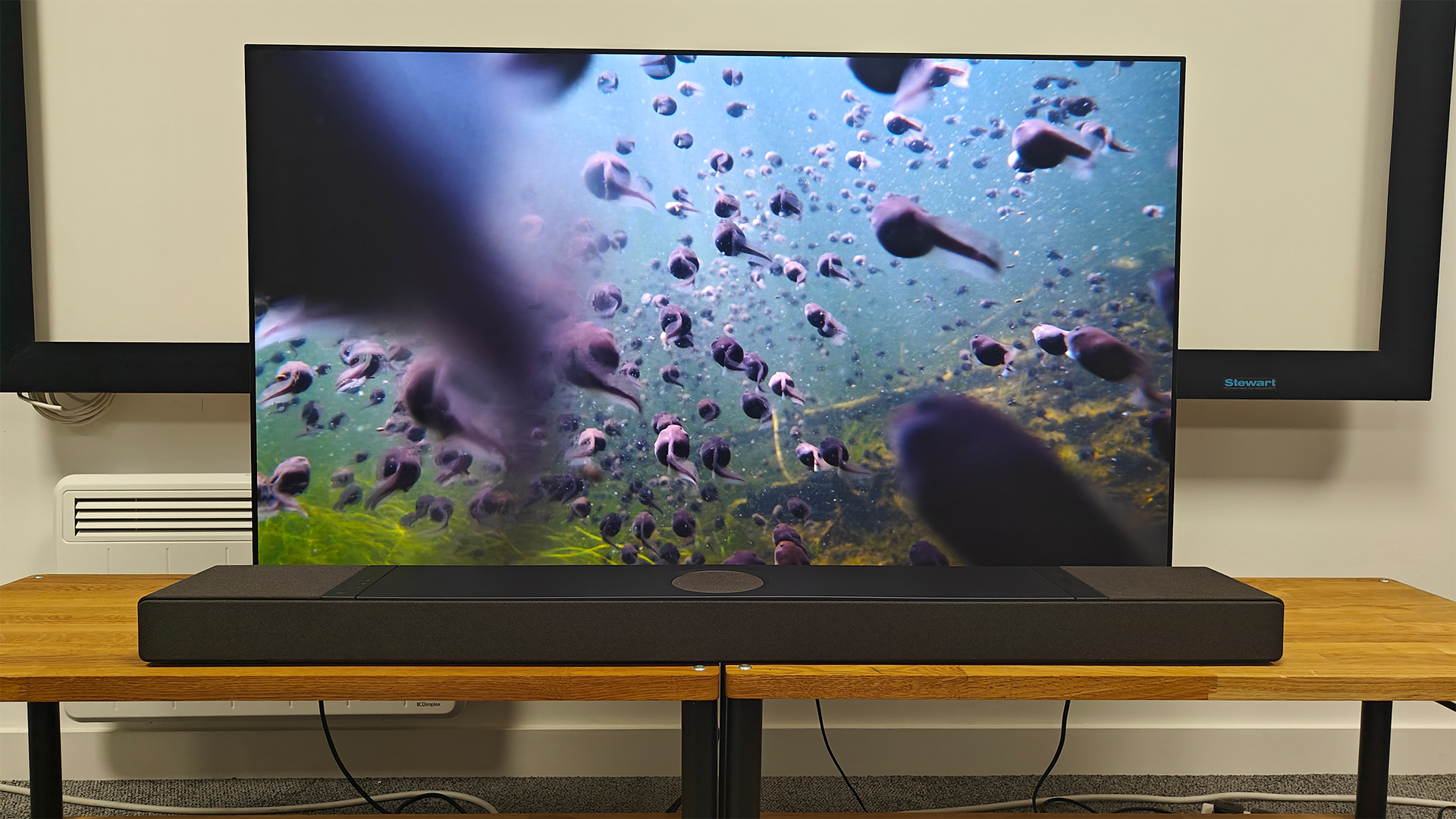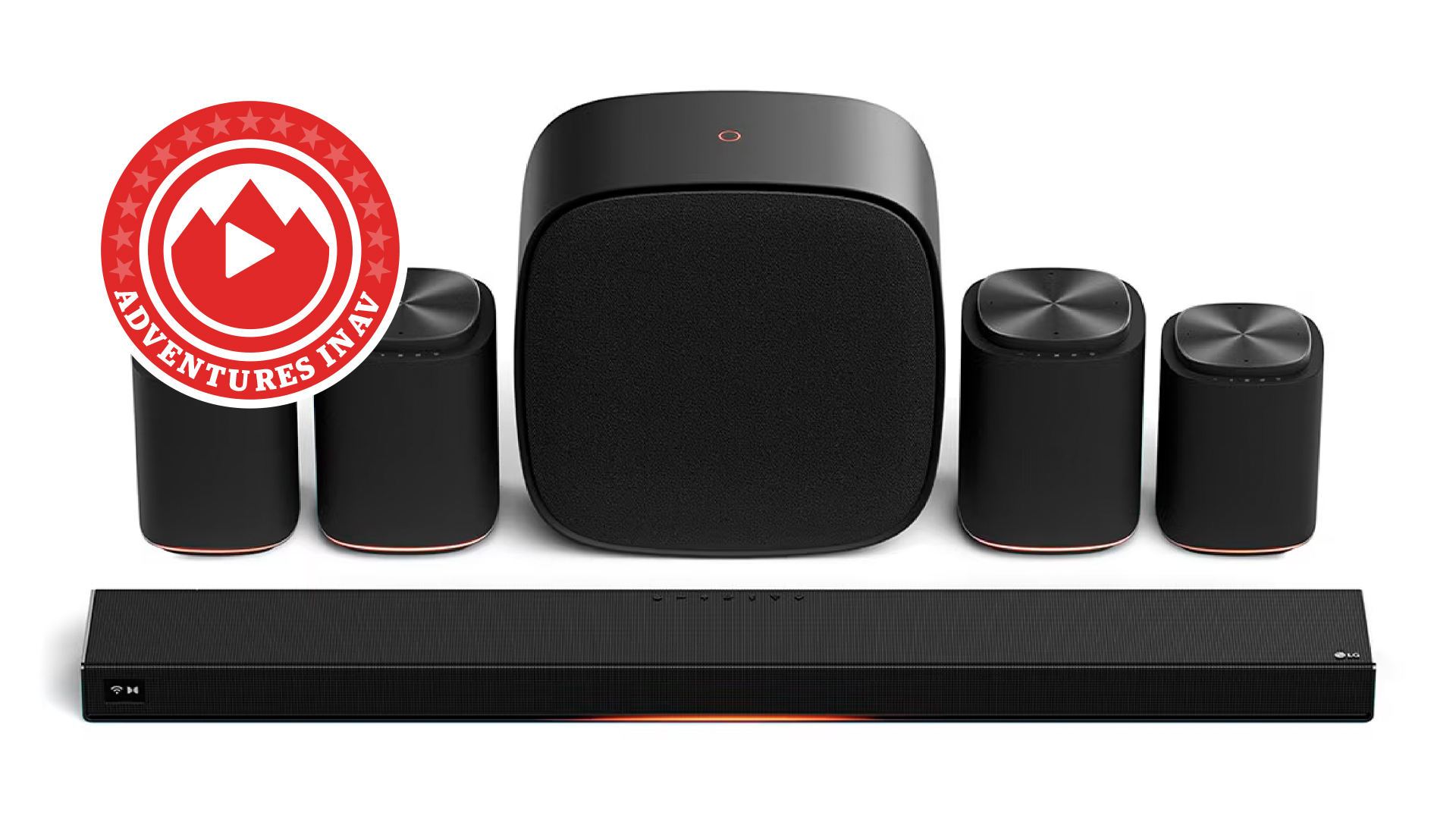What Hi-Fi? Verdict
The KEF XIO is a soundbar of rare all-round ability that delivers movies and music with spectacle and finesse
Pros
- +
Detailed, precise and exciting overall sound
- +
Tight and agile bass
- +
Excellent with movies and music
Cons
- -
No display
- -
No HDMI passthrough
Why you can trust What Hi-Fi?
KEF was one of the first specialist hi-fi manufacturers to get into home cinema speaker packages back in the early nineties, and it has continued to operate in the market since then.
It may come as a surprise, therefore, that the brand is only now releasing its first soundbar.
Enter the KEF XIO, a 5.1.2 premium soundbar that the company says is designed to excel with music as well as movies.
This is a tough ask considering most soundbars struggle to achieve this duality. KEF is equipped to do this better than most, though, given its expertise in both fields.
Price
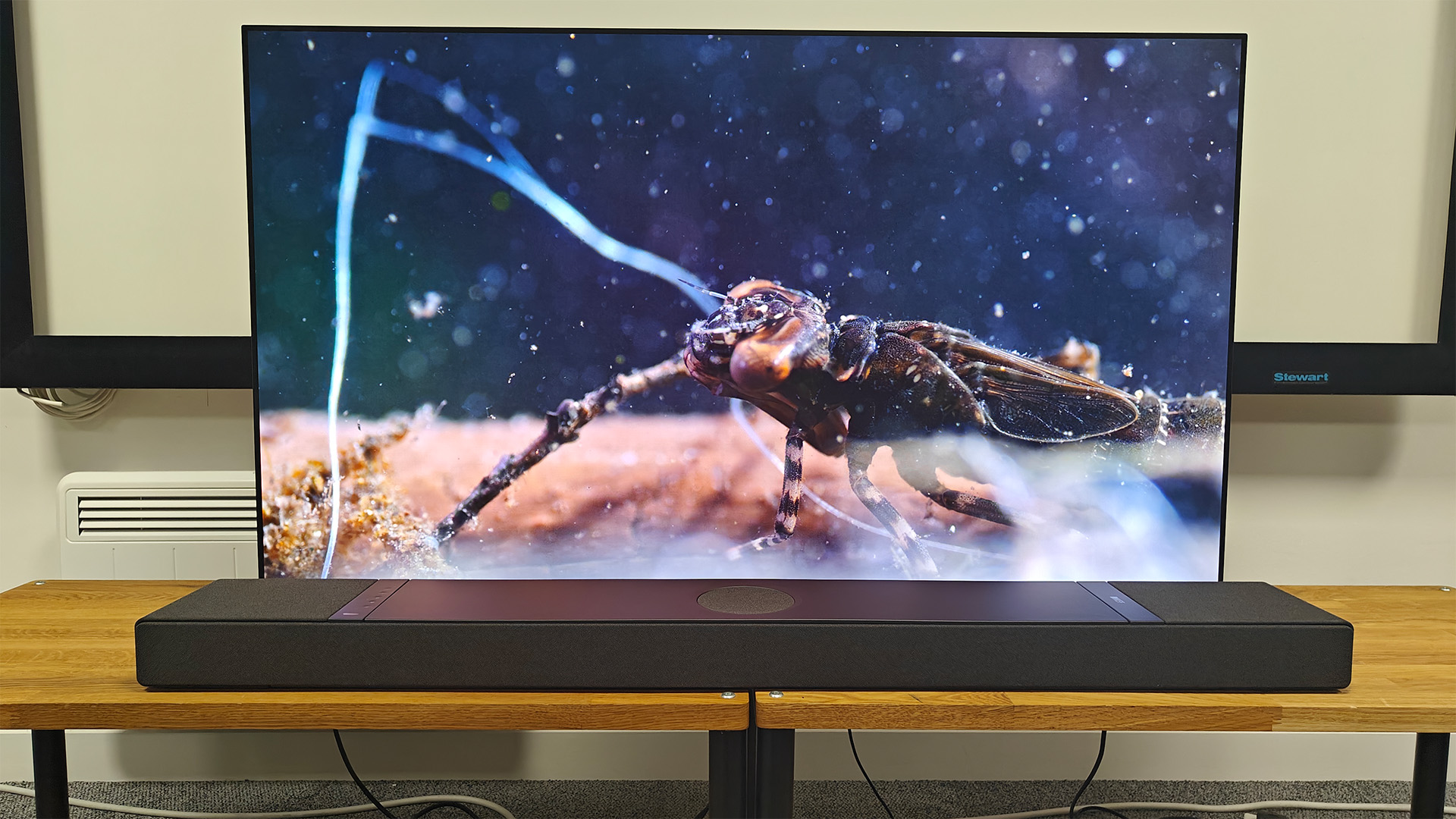
The XIO launches at £1999 / $2500 / AU$3600, placing it firmly in the high-end premium soundbar category.
That pits it firmly against the Award-winning Sennheiser Ambeo Soundbar Max, which was originally priced at £2199 / $2500 / AU$4000 when we first tested it back in 2019. Now, though, we are seeing regular discounts down to £1999 / $1999, although the Australian price has remained mostly unchanged.
The Sennheiser currently holds the crown as the best high-end model in our best soundbars guide, and is our current benchmark at this price.
The latest hi-fi, home cinema and tech news, reviews, buying advice and deals, direct to your inbox.
Build
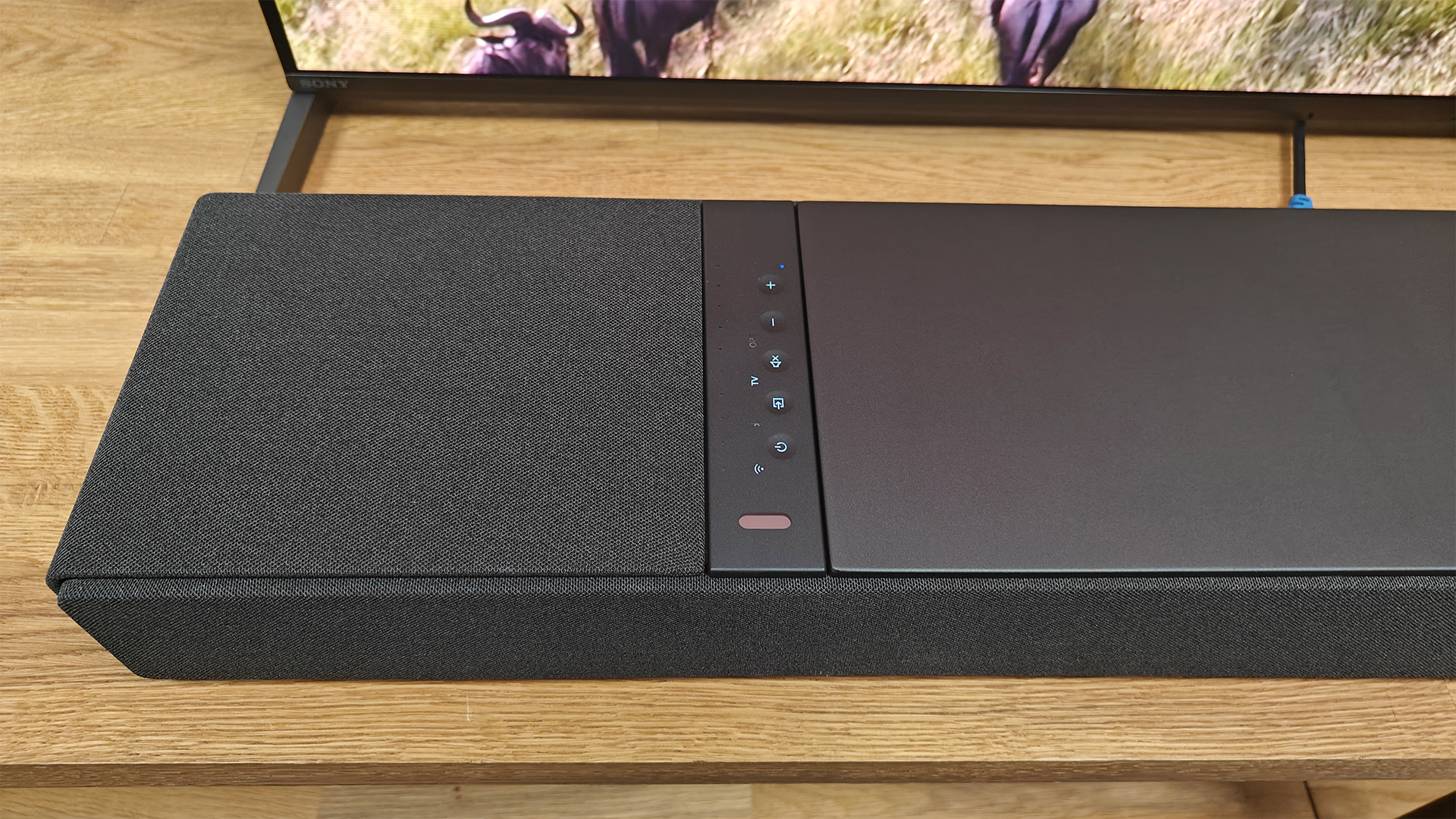
The XIO comes in a choice of two finishes, black or silver, with cloth grille panels covering the ends, front and back.
Unlike its Sennheiser rival, which has a bulky design that really needs to be wall-mounted, the XIO (which can also be wall-mounted) fits nicely under a TV with its shallow height. It has an overall mature and premium appearance, too, which we think will blend well into most living rooms.
This relatively thin design is quite a feat considering the XIO houses an impressive 12 drive units, each with a dedicated Class D power amplifier. Added together, KEF claims the complement of amplifiers delivers a meaty 820 watts of peak power.
There are six Uni-Q MX drivers, three of which are on the top of the soundbar for upward-firing sound, but with the one in the centre employed only when the soundbar is wall-mounted. That leaves the remaining three facing forward.
The MX isn’t like a traditional Uni-Q design. Rather than having two separate drive units, a tweeter and mid/bass, that fit into a single assembly, this new MX driver has a dual diaphragm arrangement that features a clever mechanical crossover to allow the high-frequency central section to operate separately.
Then there are four ‘P185’ bass drivers. The P185 is a rectangular design that is 51 x 180mm in size. KEF claims that each of these has the same radiating area as a traditional circular 10cm driver unit, but the rectangular shape allows the soundbar to be considerably slimmer than would otherwise be the case.
That’s not all. KEF has arranged the four P185 drivers into two pairs that face in opposite directions, so that any vibrations generated by each driver are cancelled by the opposite reaction of its partner. This layout should result in appreciably less vibration being generated by the soundbar and fed into its support, which bodes well for the XIO’s bass performance.
The P185 is an interesting design for more than its shape. It has a distinctive indented surround that KEF calls ‘P Flex’ to allow the cone greater freedom of movement and control.
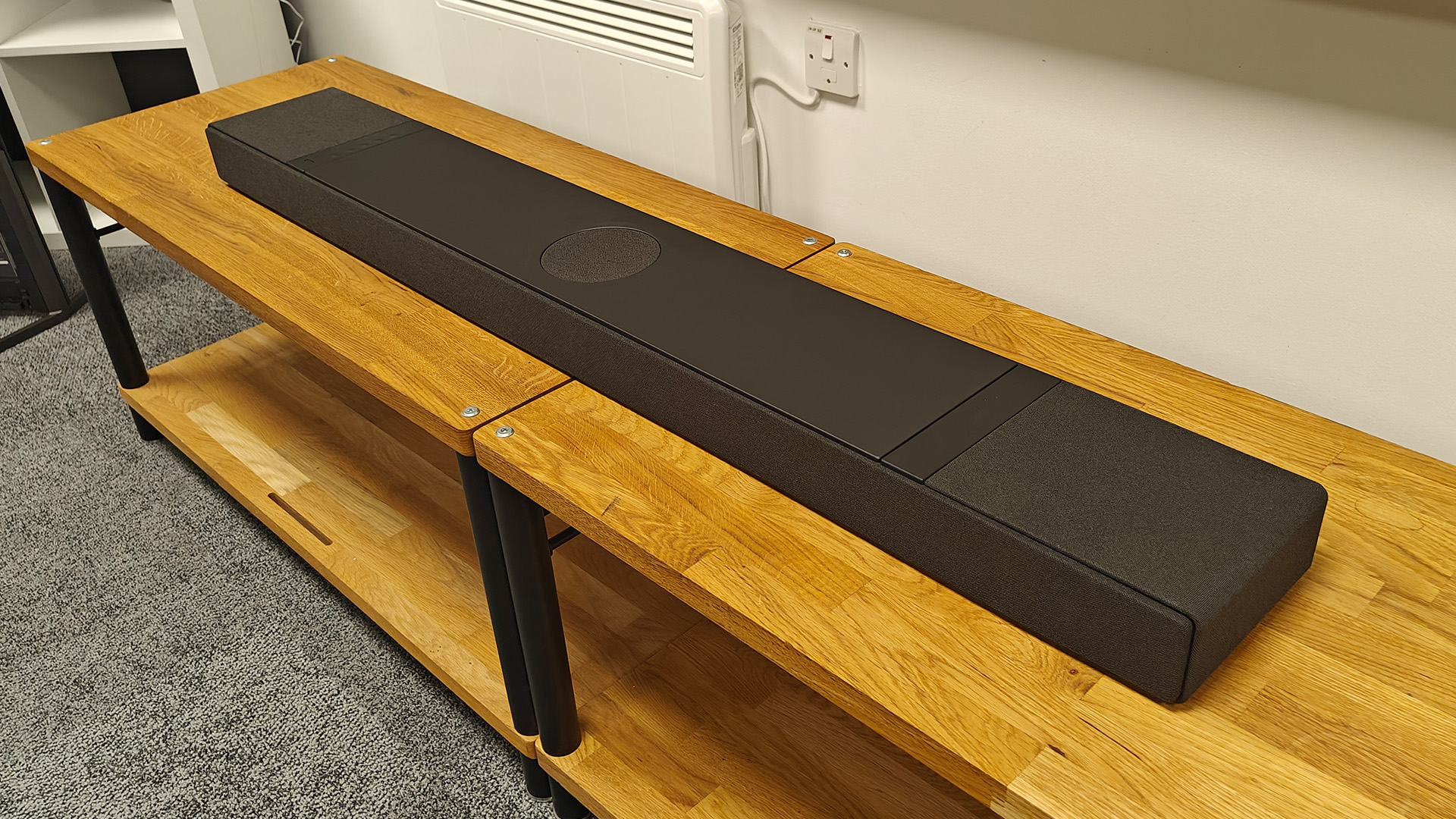
Perhaps even more unusual is the Velocity Control Technology (VECO) built into the drive unit. Here, a flexible PCB printed with a sensing coil takes the place of a traditional former (the component that the main coil wraps around) and measures the speed of movement. This allows the soundbar’s ‘brain’ to compensate for any errors detected.
Finally, there are two conventional full-range drivers on either side. Given that they are only 50mm in diameter, maybe ‘full range’ is pushing it, but what they do is push the soundfield wider.
You can wall-mount the soundbar or keep it flat on a table. When it is wall-mounted, the orientation changes so the forward-facing drivers now point upwards. In this guise, what was the central driver is now activated and pointed at the listener. The bulk of our testing was done with the soundbar facing forward sitting on our rack.
On one side of the XIO, you will find a panel with indented touch buttons for power, output and volume. Sometimes these are not as precise in use as we would like. When we press a button, it is not entirely clear whether the unit has registered the command. If we had an on-unit display, this would be less of an issue.
The XIO comes with a lightweight remote that is simple to use with a clear layout. While the remote covers the basic commands, the KEF Connect app has a more comprehensive range of controls, which we suspect most people will lean towards.
Features
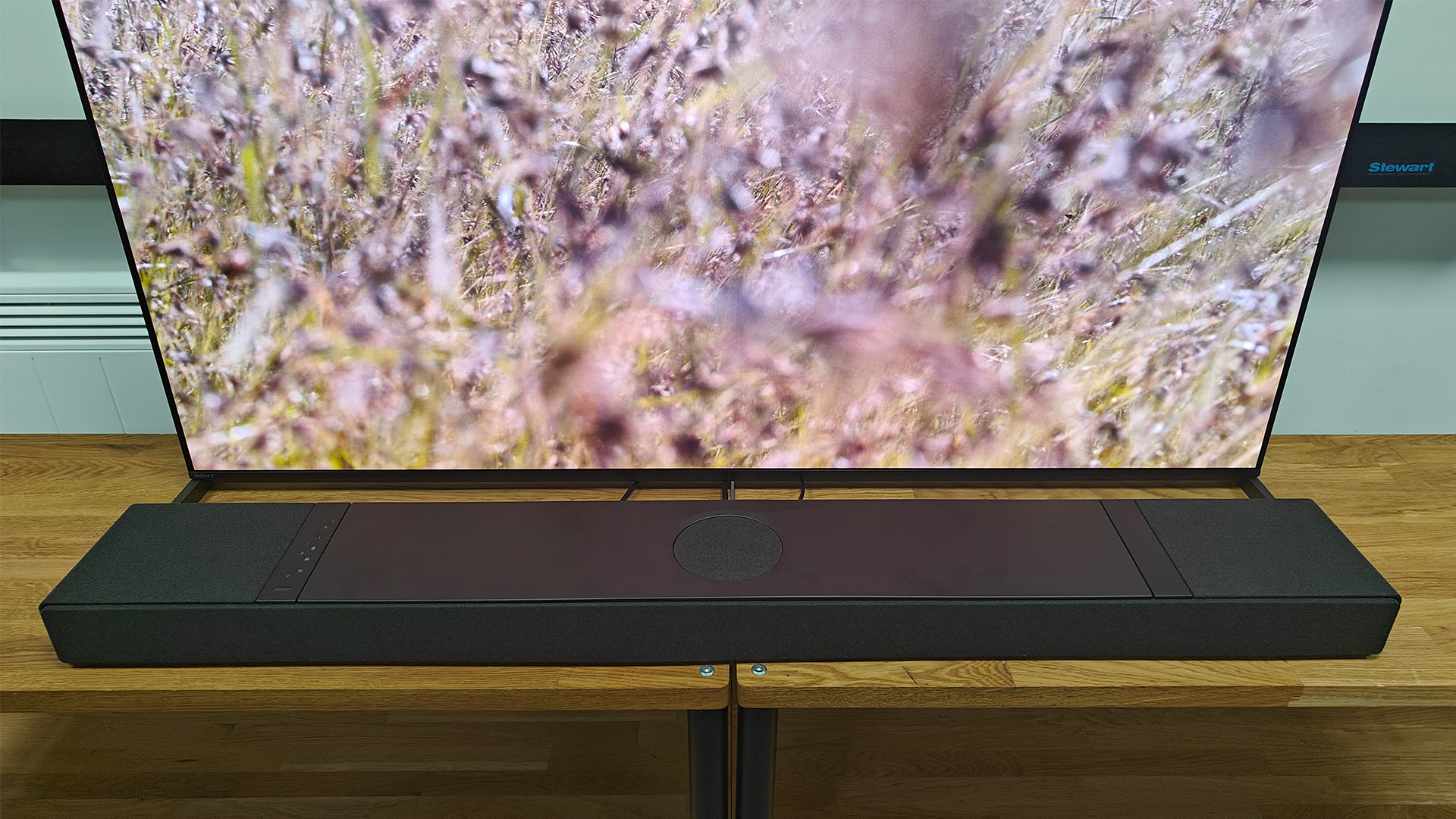
In terms of inputs, the XIO has HDMI 2.1 eARC, optical and Bluetooth.
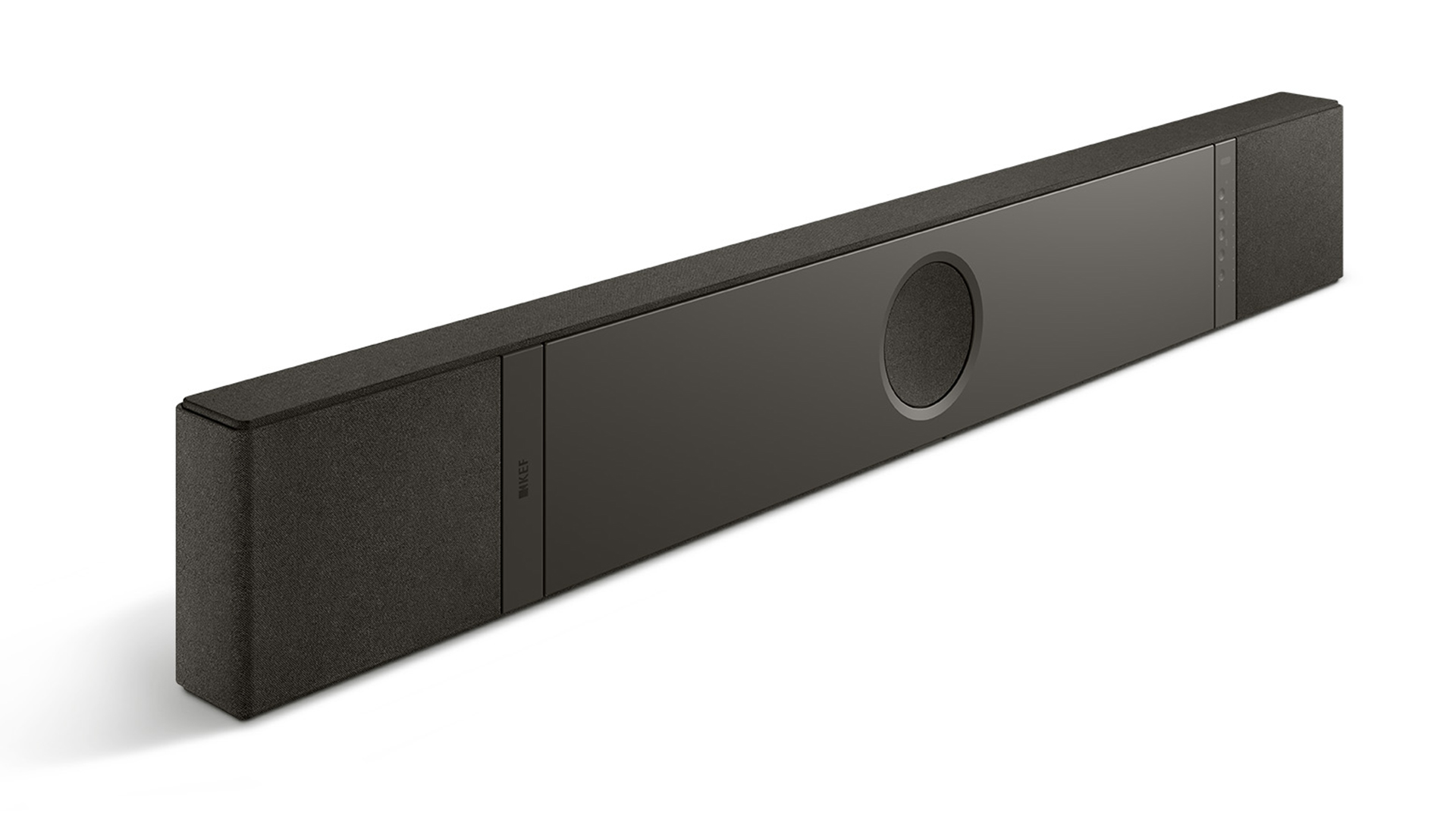
Connectivity HDMI 2.1 eARC, Optical, USB
Format support Dolby Atmos, DTS:X, MPEG-H, Sony 360 Reality Audio
Bluetooth? Yes, 5.3
Streaming? Spotify Connect, Tidal Connect, Amazon Music, Qobuz, Deezer
Voice control? No
Dimensions (hwd) 7 x 121 x 17cm
Weight 10.5kg
It is also possible to connect an outboard subwoofer either through a standard line-level analogue output or via wireless transmission. Alongside the XIO, KEF has launched the KW2 RX adapter (costing £149 / £160 / AU$280) to allow this wireless sub connection.
At this level, we really expect a soundbar to have dedicated HDMI inputs as well as an HDMI eARC port. The XIO’s main rival, the Sennheiser Ambeo Soundbar Max, has three HDMI inputs. Largely due to its age, they're not 2.1 spec, so won't support 4K/120Hz from a games console, but they are still useful.
The Samsung HW-Q990F, which is more affordable than the KEF XIO and a full system in a box to boot, has two HDMI 2.1 inputs and full 4K/120Hz passthrough.
With these extra HDMI inputs, you can connect everything to your soundbar rather than going through the TV. KEF's approach in having all of your sources running into your TV is far from uncommon, but is something we expect more from mid-range and budget models.
In terms of 3D sound formats, the XIO supports Dolby Atmos, DTS:X and Sony 360 Reality Audio, and when it comes to music, there’s plenty to choose from, including Amazon Music, Qobuz, Tidal Connect, Deezer and Spotify Connect.
The KEF Connect app is simple to set up and use, with easy-to-navigate sections at the bottom. From there, you can select the XIO’s output, see the exact volume setting, and control all the streaming services.
There is also the useful ability to change the speaker volume sensitivity. You can make one press of the plus button increase the volume by multiple or single steps, for example. There’s the option to set a maximum volume limit as well, which is handy for young and sensitive ears.
In the KEF’s EQ settings, there are different sound profiles to choose from. Default has a great sense of balance and naturalness. Movie, on the other hand, projects the audio to fill the room, giving a more spacious sound field and a greater feeling of movement to sounds. However, there are losses in terms of focus and impact at lower frequencies. This leads us to use Default more often.
As you would expect, there is a Night mode that compresses dynamic peaks and bass impact, which is handy for those times when you don’t want to disturb the other people in the house. Understandably, it also removes much of the tension from the sound, and voices sound less natural than in Default or Movie, so it should only be used when it’s really needed.
Music mode, meanwhile, creates a more cohesive and directed sound that is, as the name suggests, best reserved for stereo music.
Finally, there’s a Direct setting with minimal processing and equalisation. This mode is noticeably quieter and reduces the impact of the surround effects. While we’re normally fans of such ‘pure’ sound modes, on this occasion we find the sonic performance loses too much in the way of entertainment.
The XIO also features ‘Intelligent Placement Technology.’ This allows the soundbar to detect if the orientation changes, and you can calibrate it to further adjust its performance based on the space.
Built-in microphones allow it to measure your room, including being able to detect walls and furniture.
Once it’s set up, it produces balanced results in our test room. Turn the EQ modes off, and the sense of immersion is much reduced.
Sound
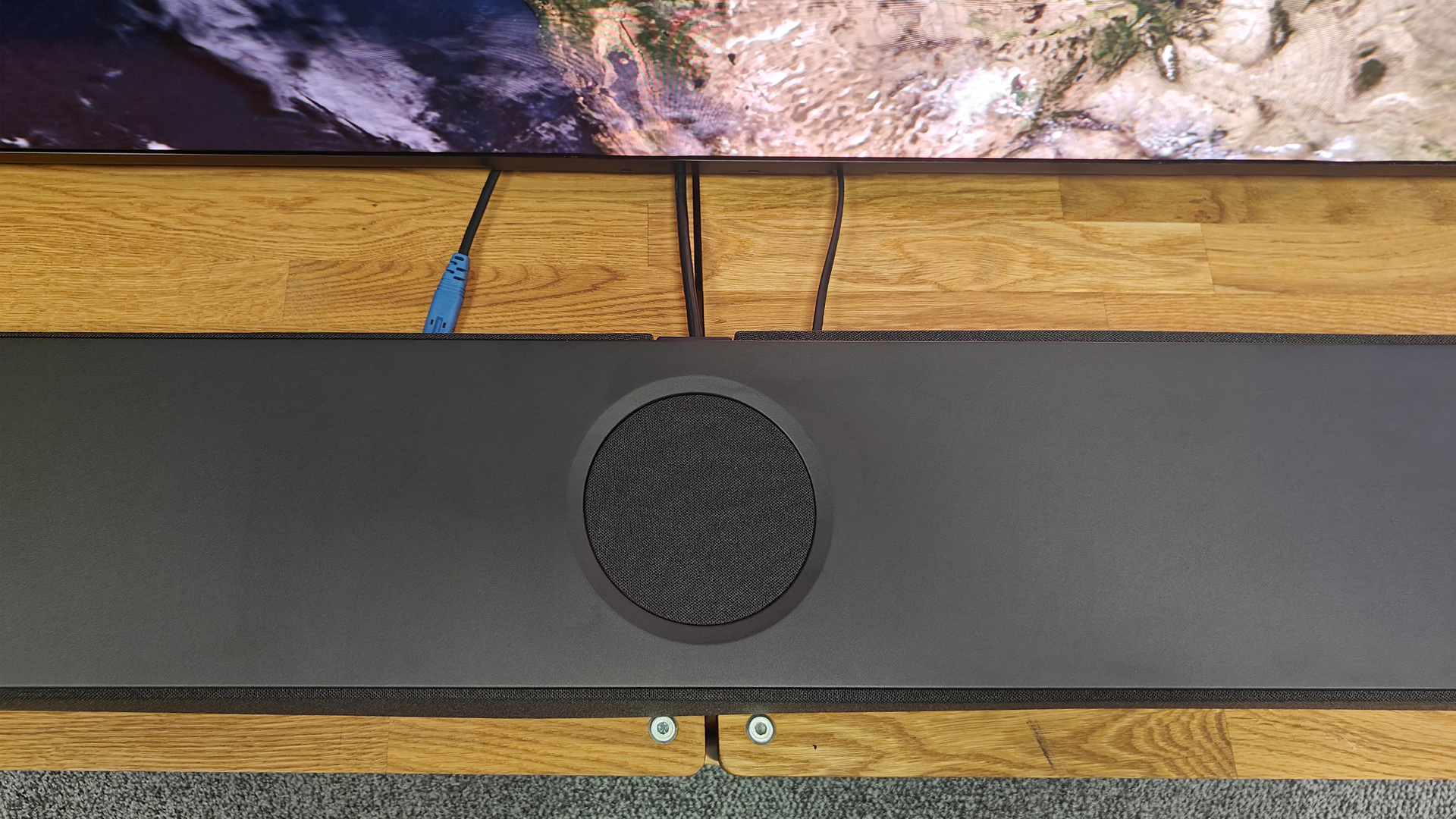
We begin our full sound testing with Jurassic World on 4K Blu-ray with DTS:X sound.
As the unwitting children get a first glimpse of the park, the expressiveness of the score is immediately portrayed with a pleasing musicality. The sparkle of the brass feels crisp but not sharp, while the midrange is full-bodied and solid.
We move to later in the film, where things have turned south and our protagonists are being chased by hyper-intelligent raptors. The tension of the pursuit is really heightened by a tight bass with plenty of punch.
As the raptors run after a moving truck, the pounding of their feet on the ground has the right balance of being muffled yet impactful.
Despite the XIO’s slim and relatively compact dimensions, it still manages to produce an impressively wide and immersive soundstage.
When watching Labyrinth on 4K Blu-ray with Dolby Atmos, this becomes apparent. As our protagonist, Sarah, is stuck in the Bog of Eternal Stench and attempts to escape, the sound of the rocks rising surrounds the listener and makes the impact feel palpable as they come to the surface.
The XIO’s ability to spread sound around the space feels incredibly natural, all while keeping each frequency clear and unmuddled.
Take the opening scene of John Wick 2 on 4K Blu-ray with Dolby Atmos, as Keanu Reeves’ rugged character embarks on a hair-raising car chase. The deep revving of engines feels textured with the rhythm of the vehicle throbbing, but it does not overpower the lighter soundtrack.
One car leaps over a bump in the distance and then moves into the forefront, displaying the soundbar’s sense of precision. You can really feel the three-dimensionality of the sequence as the vehicle moves across the screen.
We test the XIO against the Sennheiser Ambeo Soundbar Max and find that the two have very distinct strengths and weaknesses.
The Sennheiser certainly has a bassier and bigger overall sound, managing to spread the audio around the room more. As objects move across the screen, it is able to project the movement of the sound in a more emphatic way, wrapping us in the sound field a little more convincingly.
But the KEF counters with more clarity, greater precision in the way sounds are rendered and notably more finesse in the way low-level dynamics are delivered. It’s the more transparent performer, and it ultimately gives us greater insight into the soundtrack being played.
The XIO certainly produces less bass than its rival, but those lows are better formed and more controlled. If you do want greater low-end heft, however, then there is always the option of adding a dedicated subwoofer.
When we switch to Music mode to test out some tunes, Tidal Connect and Qobuz Connect work seamlessly.
With Radiohead’s Codex, the mellow bass feels well separated from the midrange but still melds together well. Vocals sound natural, but the slightly echoing effect baked into the track is still picked out.
In fact, the XIO can easily serve as a standalone music system, which is more than we can say for the vast majority of soundbars that come our way.
Overall, this is an effortlessly organised sound that captures the excitement of what you are listening to, whether that’s movies or music.
Verdict
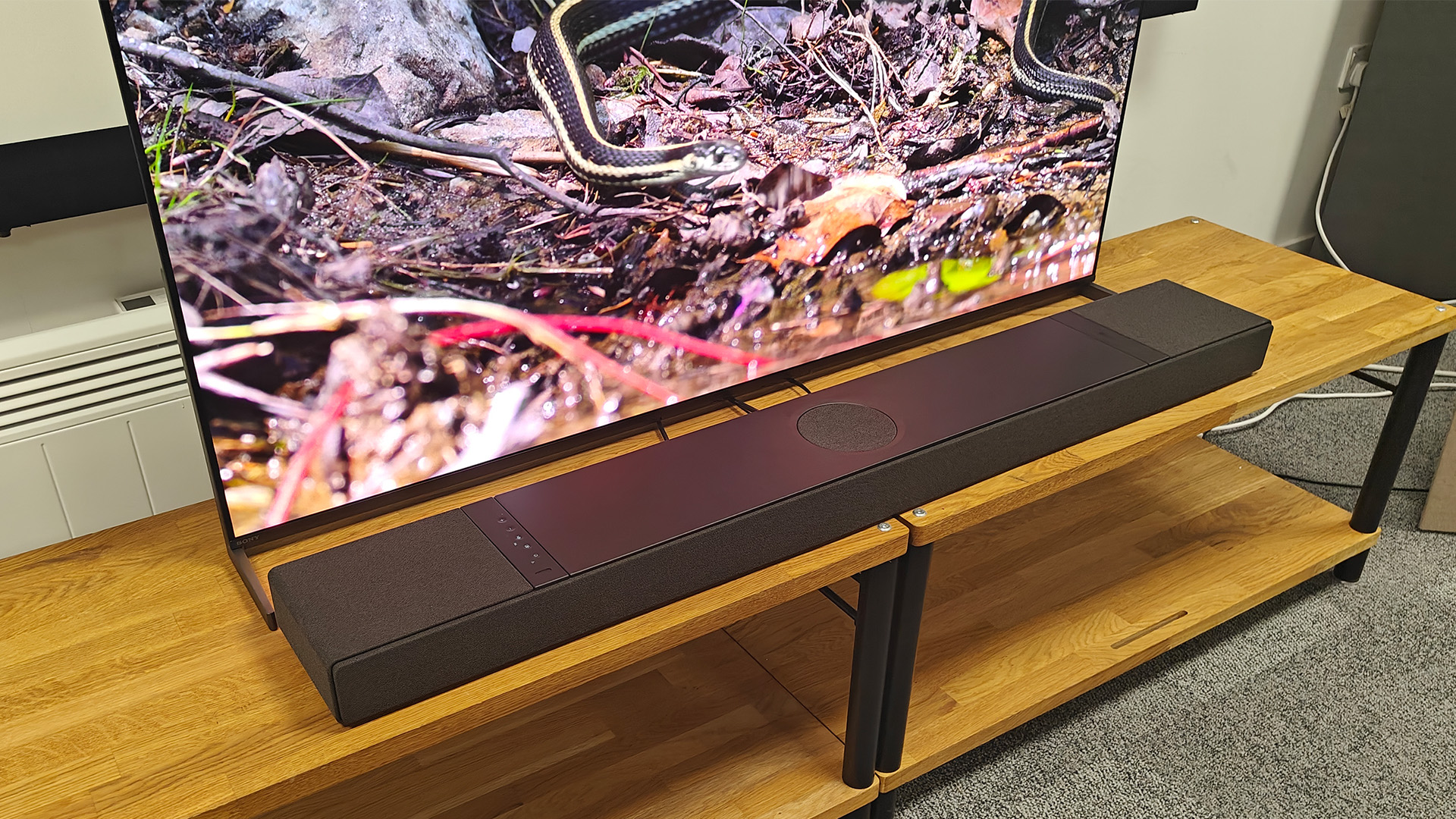
The XIO is supremely easy to listen to, creating an impressively wide sense of space for a soundbar while maintaining balance and expressiveness.
With a comprehensive app and plenty of streaming connectivity, it also works as an excellent sound system for music alone.
KEF says that it wants the soundbar to effectively act as a hi-fi package wrapped up in one product, and it has achieved that. Put simply, it is one of the best soundbars we have heard.
SCORES:
- Sound 5
- Build 5
- Features 4
MORE:
Also consider the Sennheiser Ambeo Soundbar Max and Samsung HW-Q990F
These are the best Dolby Atmos soundbars you can buy right now
Robyn Quick is a Staff Writer for What Hi Fi?. After graduating from Cardiff University with a postgraduate degree in magazine journalism, they have worked for a variety of film and culture publications. In their spare time, Robyn can be found playing board games too competitively, going on cinema trips and learning muay thai.
- Ketan BharadiaTechnical Editor
- Tom Parsons
You must confirm your public display name before commenting
Please logout and then login again, you will then be prompted to enter your display name.
